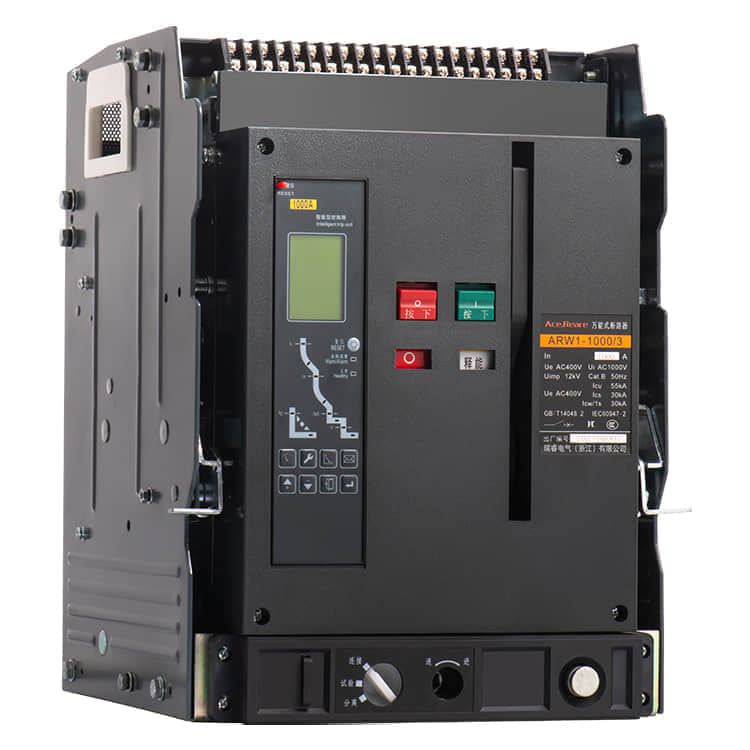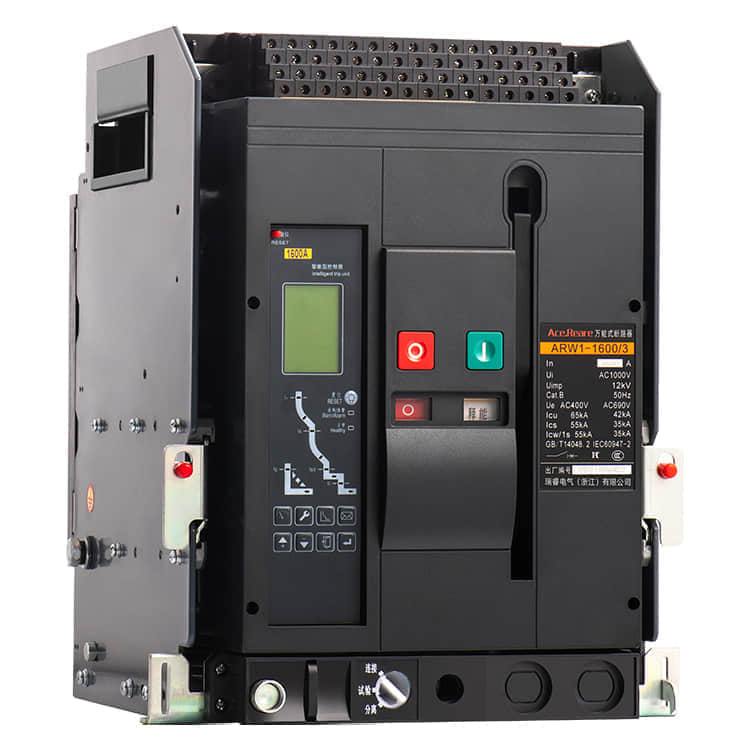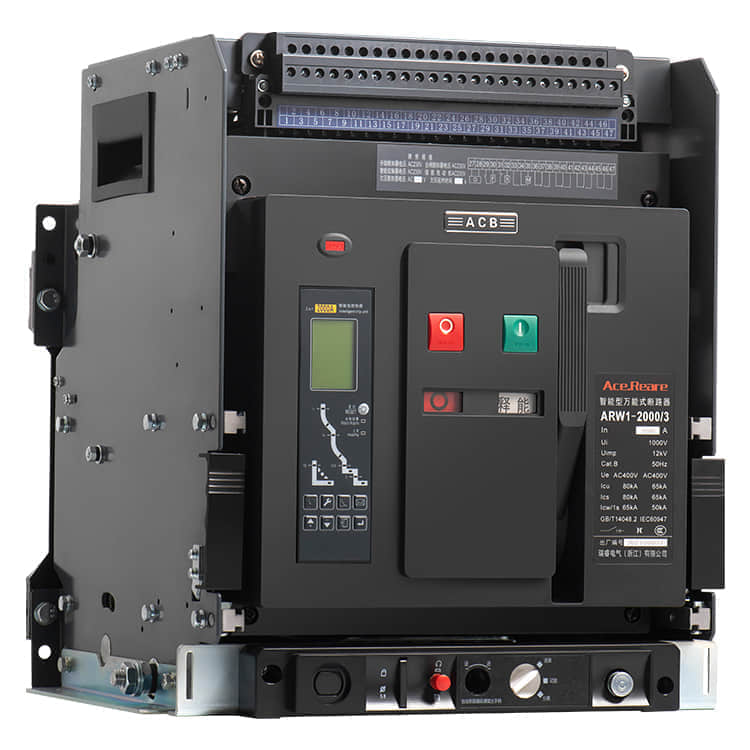With the ever-increasing demand for electrical power across the globe, the importance of reliable circuit protection has never been more critical. One of the key innovations in this field is the Air Circuit Breaker (ACB), which has undergone significant advancements over the years. In this article, we will explore the evolution of ACB breakers and their crucial role in safeguarding electrical systems.

The Birth of ACB Breakers

The concept of circuit protection has been around for over a century, with the earliest circuit breakers being simple devices designed to interrupt electrical currents when necessary. However, the first true ACB breakers emerged in the mid-20th century, offering a more efficient and versatile solution to safeguard electrical circuits. The Evolution of ACB Technology Over the decades, ACB breakers have evolved in response to the growing complexity of electrical systems and the need for enhanced safety. Here are some key advancements: Selective Coordination:Modern ACB breakers are equipped with sophisticated electronics that allow for selective coordination. This means that in the event of a fault, only the closest breaker to the fault location will trip, minimizing downtime and disruption to the overall system. Communication Capabilities:ACB breakers now often include communication features, enabling them to be integrated into smart grid systems. This allows for remote monitoring, control, and predictive maintenance, enhancing overall system reliability. Increased Current Ratings:As electrical systems have grown in size and capacity, ACB breakers have followed suit. Today, you can find ACBs with current ratings exceeding 10,000 amperes, making them suitable for a wide range of applications, from residential to industrial. Advanced Trip Units:ACB breakers are equipped with advanced trip units that can detect various fault conditions, including overloads, short circuits, and ground faults. These trip units can be customized to specific applications, ensuring precise protection. Applications Across Industries ACB breakers find applications across a diverse range of industries, including manufacturing, energy production, data centers, and transportation. Their ability to provide reliable circuit protection in high-demand environments has made them indispensable in these sectors. In manufacturing, ACB breakers protect valuable equipment from electrical faults, preventing costly downtime. In data centers, they ensure uninterrupted power supply to critical servers and infrastructure. In the energy sector, ACB breakers are essential for protecting transformers and generators. Even in transportation, such as in trains and ships, ACB breakers guarantee the safety of passengers and crew. The Future of ACB Breakers As technology continues to advance, ACB breakers will likely see further innovations. Some potential developments on the horizon include: Enhanced Connectivity:ACB breakers may become even more integrated into the Internet of Things (IoT), enabling real-time data analysis and predictive maintenance. Energy Efficiency:There is a growing emphasis on energy efficiency, and ACB breakers could play a role in optimizing power distribution, reducing waste, and lowering costs. Green Solutions:ACB breakers may be designed to work seamlessly with renewable energy sources, contributing to the sustainability of electrical systems. In conclusion, the evolution of ACB breakers has brought about a paradigm shift in electrical circuit protection. From their humble beginnings to their current state-of-the-art capabilities, ACB breakers have become indispensable in ensuring the safety and reliability of electrical systems across various industries. As technology continues to advance, we can only anticipate even more groundbreaking developments in the world of ACB breakers.
